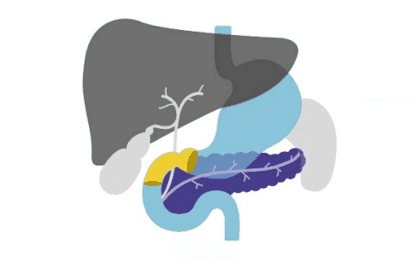There are many studies looking at individual lifestyle factors, but there has been a lack of research looking at the relationship between the different factors.
Until recently, artificial intelligence (AI) has also not been used in these analyses, except to a very limited extent. It is only in recent years that the scientific standardisation of machine learning has been established.
Now, a research team at Lund University has used information from the Heart and Lung Foundation’s SCAPIS database to identify several factors associated with health-related quality of life (HRQoL) in a study.
The researchers looked at both physical and mental quality of life, evaluating everything from smoking, mental health, alcohol consumption, exercise frequency, socioeconomics, education and employment, but also physiological measurements such as blood tests, BMI and lung function.
– “We have basically measured everything you can measure on a human being. With the help of AI, the importance of each variable was then analysed by applying a developed weighting scale,” says Max Olsson, public health scientist, PhD student at Lund University and first author of the study.

Max Olsson, public health scientist, PhD student at Lund University. Photo: Åsa Hansdotter, Lund University
The five variables
The top five variables associated with a good quality of life were:
- Physical activity
- Work
- Absence of pain
- Good sleep
- Feeling in control of your life
Max Olsson is not very surprised by the results, but was somewhat surprised that illness does not seem to play such a big role.
It seems to be more the consequences of illness that are important. As many people live with chronic pain, this became an important factor in the outcome. Pain affects many other aspects of life and therefore has consequences for quality of life. But a diagnosis itself was not strongly linked to low quality of life.
Not surprisingly, physical activity came out on top. Physical activity affects both physical and mental health and has a positive impact on wellbeing by reducing stress, depression and improving mood. Having a job and being in a context where you thrive and develop is also high on the list.
Overall, the researchers could not see any major gender differences between men and women in the study, but there were slightly higher ratings of physical activity in men than in women, while women tended to rate the absence of pain slightly higher.
The factors identified as important for HRQoL can be interesting as a basis for public health policy decisions that prioritise measures to improve people’s wellbeing:
– “To lay the foundation for a long and happy life, the identified factors should be a focus even before middle age. A given conclusion – which is confirmed in many studies – is that it’s of the utmost importance to continue to focus on physical activity at group level in order for as many as possible to have a better quality of life,” concludes Max Olsson.










